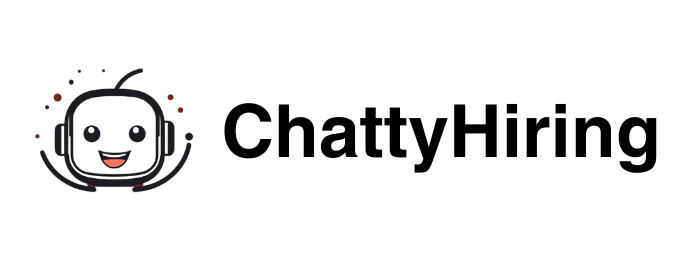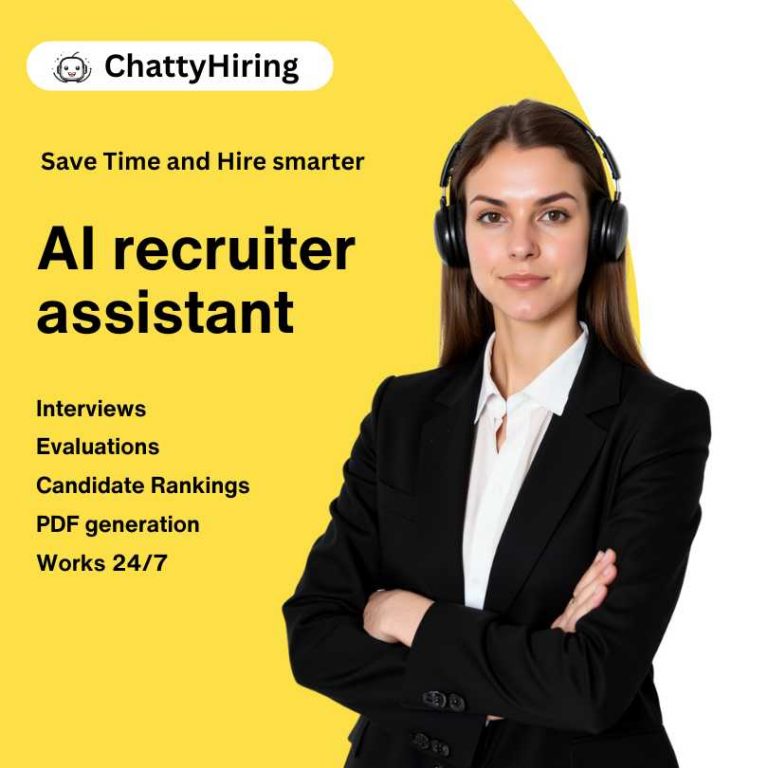In the world of business, peak seasons can significantly impact operations, particularly in industries such as retail, hospitality, and logistics. These periods often coincide with holidays, special events, or seasonal changes, leading to a surge in customer demand. Understanding the nuances of peak seasons is crucial for organizations aiming to optimize their workforce and meet heightened expectations.
For instance, retailers may experience a spike in sales during the holiday season, necessitating additional staff to manage increased foot traffic and online orders. Recognizing these patterns allows businesses to prepare adequately and ensure they have the right personnel in place. Moreover, understanding the peak season extends beyond merely recognizing when it occurs; it involves analyzing customer behavior and market trends.
Businesses must assess historical data to predict future demands accurately. This analysis can reveal insights into which products or services are likely to see increased interest, enabling companies to align their staffing strategies accordingly. By grasping the intricacies of peak seasons, organizations can not only enhance their operational efficiency but also improve customer satisfaction by ensuring that they are adequately staffed to meet demand.
Key Takeaways
- Peak season is the period of increased demand for products or services, often requiring additional staff to meet customer needs.
- Identifying staffing needs involves analyzing historical data, current trends, and projected demand to determine the number and type of employees needed.
- Creating a hiring plan involves setting clear objectives, establishing a timeline, and allocating resources for recruitment and onboarding.
- Streamlining the application process can involve using online platforms, pre-screening questions, and automated responses to efficiently manage a high volume of applicants.
- Utilizing technology for recruitment can include social media, job boards, and applicant tracking systems to reach and engage potential candidates.
Identifying staffing needs
Evaluating Current Workforce Capabilities
Once businesses have a clear understanding of their peak seasons, the next step is identifying specific staffing needs. This process involves evaluating current workforce capabilities and determining where gaps exist. For example, if a retail store anticipates a 30% increase in customer traffic during the holiday season, it must assess whether its existing staff can handle this influx or if additional hires are necessary.
Conducting a Thorough Analysis of Employee Workloads
Conducting a thorough analysis of employee workloads, skills, and availability is essential in this phase. Additionally, businesses should consider the types of roles that will be most critical during peak times. Seasonal positions may vary widely depending on the industry; for instance, a logistics company may require more warehouse workers and delivery drivers, while a restaurant might need additional servers and kitchen staff.
Creating Targeted Job Descriptions to Attract the Right Candidates
By clearly defining these roles and their associated responsibilities, organizations can create targeted job descriptions that attract the right candidates. This proactive approach not only streamlines the hiring process but also ensures that businesses are equipped with the right talent to navigate their peak seasons effectively.
Creating a hiring plan

With a clear understanding of staffing needs in place, organizations can move on to creating a comprehensive hiring plan. This plan should outline the recruitment strategy, timelines, and resources required to attract and onboard seasonal talent. A well-structured hiring plan serves as a roadmap for the recruitment process, ensuring that all stakeholders are aligned and aware of their responsibilities.
One critical aspect of the hiring plan is establishing a timeline that aligns with the peak season.
Businesses should aim to begin the recruitment process well in advance to allow for adequate training and onboarding.
This proactive approach minimizes last-minute scrambles and ensures that new hires are fully prepared to contribute effectively when demand surges.
Additionally, organizations should consider leveraging various recruitment channels, such as job boards, social media platforms, and local community events, to reach a diverse pool of candidates.
Streamlining the application process
An efficient application process is vital for attracting top talent during peak seasons. Candidates often seek quick and straightforward application experiences, so businesses must ensure that their processes are user-friendly and accessible. Streamlining the application process can significantly enhance the candidate experience and increase the likelihood of securing qualified individuals.
To achieve this, organizations should consider implementing an online application system that allows candidates to submit their information easily. Simplifying application forms by reducing unnecessary fields can also help expedite the process. Furthermore, providing clear instructions and timely communication throughout the application journey can foster a positive impression of the company.
By prioritizing a seamless application experience, businesses can attract more applicants and ultimately build a stronger seasonal workforce.
Utilizing technology for recruitment
In today’s digital age, leveraging technology for recruitment has become essential for organizations looking to optimize their hiring processes. Various tools and platforms can enhance efficiency and improve candidate engagement throughout the recruitment journey. For instance, applicant tracking systems (ATS) can streamline resume screening and help recruiters manage candidate pipelines more effectively.
Moreover, utilizing social media platforms for recruitment can significantly expand an organization’s reach. By promoting job openings on platforms like LinkedIn, Facebook, and Instagram, businesses can tap into a broader audience and attract diverse talent. Additionally, video interviewing tools can facilitate remote interviews, saving time for both recruiters and candidates while allowing for greater flexibility in scheduling.
Embracing technology not only enhances recruitment efforts but also positions organizations as modern employers that value innovation.
Implementing a thorough screening process

Once applications start rolling in, implementing a thorough screening process is crucial for identifying the best candidates for seasonal roles. This process should go beyond merely reviewing resumes; it should involve assessing candidates’ skills, experiences, and cultural fit within the organization.
Conducting structured interviews with standardized questions can help ensure consistency in evaluating applicants.
Furthermore, incorporating assessments or tests relevant to the specific roles can provide valuable insights into candidates’ capabilities. For example, a retail position may require strong customer service skills, so role-playing scenarios could be beneficial during interviews. By taking a comprehensive approach to screening candidates, organizations can make informed hiring decisions that align with their staffing needs during peak seasons.
Offering competitive compensation and benefits
Attracting top talent during peak seasons often hinges on offering competitive compensation and benefits packages. Seasonal workers may have multiple job opportunities available to them, so businesses must ensure that their offerings stand out in a crowded market. Conducting market research to understand industry standards for pay rates and benefits is essential in this regard.
In addition to competitive wages, organizations should consider offering incentives such as flexible scheduling or performance bonuses to entice potential candidates. Highlighting unique perks—such as employee discounts or opportunities for advancement—can also make positions more appealing. By investing in attractive compensation packages, businesses can not only attract qualified seasonal talent but also foster loyalty among employees who feel valued for their contributions.
Providing effective onboarding and training
Once seasonal hires are brought on board, providing effective onboarding and training is critical for ensuring their success within the organization. A well-structured onboarding program helps new employees acclimate to their roles quickly and fosters a sense of belonging within the company culture. This is particularly important during peak seasons when employees may feel overwhelmed by the fast-paced environment.
Training should be tailored to address specific job responsibilities while also emphasizing company values and expectations. Utilizing various training methods—such as hands-on demonstrations, online modules, or mentorship programs—can cater to different learning styles and enhance retention of information. By investing time and resources into onboarding and training efforts, organizations can empower seasonal employees to perform at their best from day one.
Building a pool of seasonal talent
One effective strategy for managing peak seasons is building a pool of seasonal talent well before demand surges. This proactive approach involves creating relationships with potential candidates throughout the year so that businesses have access to qualified individuals when they need them most. Networking at job fairs or community events can help organizations identify potential hires who may be interested in seasonal work.
Additionally, maintaining connections with previous seasonal employees can be beneficial. Those who have already experienced the company culture may be more inclined to return during peak times if they had positive experiences in the past. By nurturing these relationships and keeping potential candidates engaged through regular communication or updates about upcoming opportunities, organizations can create a reliable talent pipeline that supports their staffing needs during busy periods.
Leveraging employee referrals
Employee referrals can be an invaluable resource when it comes to recruiting seasonal talent. Current employees often have insights into what it takes to succeed within the organization and can recommend individuals who would be a good fit for seasonal roles. Implementing an employee referral program incentivizes staff members to refer qualified candidates by offering rewards or bonuses for successful hires.
Moreover, referrals tend to result in higher-quality candidates who are more likely to align with company values and culture. Employees who refer friends or acquaintances are often more invested in ensuring those individuals succeed within the organization since their own reputations are on the line. By leveraging employee referrals as part of the recruitment strategy, businesses can tap into existing networks and enhance their chances of finding suitable seasonal talent.
Evaluating and improving the hiring process
Finally, evaluating and improving the hiring process is essential for organizations looking to refine their recruitment strategies over time. After each peak season concludes, businesses should conduct thorough assessments of their hiring efforts to identify areas for improvement. Gathering feedback from both hiring managers and new employees can provide valuable insights into what worked well and what could be enhanced.
Analyzing key metrics—such as time-to-hire, candidate quality, and retention rates—can also inform future recruitment strategies. By continuously refining their hiring processes based on data-driven insights and feedback from stakeholders, organizations can position themselves for greater success in future peak seasons. This commitment to improvement not only enhances operational efficiency but also fosters a culture of adaptability within the organization.
In conclusion, effectively managing staffing needs during peak seasons requires careful planning and execution across various stages of the hiring process. From understanding peak season dynamics to leveraging technology and employee referrals, organizations must adopt a holistic approach that prioritizes efficiency and candidate experience. By investing in these strategies, businesses can build a robust seasonal workforce capable of meeting customer demands while fostering a positive work environment for all employees involved.
If you are looking to improve your hiring process during peak seasons, you may also want to consider mastering behavioral interviews. This article provides valuable insights on how to effectively assess candidates based on their past behavior and experiences. By incorporating behavioral interviews into your recruitment strategy, you can gain a deeper understanding of a candidate’s skills, competencies, and potential fit within your organization.
FAQs
What are peak seasons for hiring?
Peak seasons for hiring are times of the year when businesses experience a surge in demand for new employees. This can be due to seasonal factors, such as holidays or specific industry trends.
Why is it important to hire efficiently during peak seasons?
Hiring efficiently during peak seasons is important because it allows businesses to quickly fill open positions and meet increased demand. This can help maintain productivity and customer satisfaction during busy times.
What are some strategies for hiring efficiently in peak seasons?
Some strategies for hiring efficiently in peak seasons include streamlining the application and interview process, utilizing technology for screening and scheduling, and offering incentives for referrals or quick hires.
How can businesses prepare for peak hiring seasons in advance?
Businesses can prepare for peak hiring seasons in advance by forecasting their hiring needs, building a talent pipeline, and establishing relationships with staffing agencies or recruiting firms.
What are the benefits of using temporary or seasonal workers during peak seasons?
Using temporary or seasonal workers during peak seasons can provide businesses with flexibility, cost savings, and access to specialized skills. It can also help manage fluctuations in demand without committing to long-term employment contracts.
-

A passionate advocate for the future of HR innovation. With expertise in leveraging AI to revolutionize recruitment processes, Carlos has a clear vision: empower HR teams while creating meaningful candidate experiences.
View all posts





